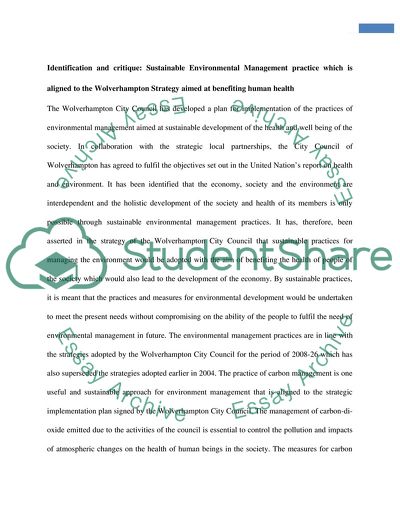Cite this document
(Environmental Management and Sustainable Health Assignment, n.d.)
Environmental Management and Sustainable Health Assignment. https://studentshare.org/environmental-studies/1856909-environmental-management-and-sustainable-health
Environmental Management and Sustainable Health Assignment. https://studentshare.org/environmental-studies/1856909-environmental-management-and-sustainable-health
(Environmental Management and Sustainable Health Assignment)
Environmental Management and Sustainable Health Assignment. https://studentshare.org/environmental-studies/1856909-environmental-management-and-sustainable-health.
Environmental Management and Sustainable Health Assignment. https://studentshare.org/environmental-studies/1856909-environmental-management-and-sustainable-health.
“Environmental Management and Sustainable Health Assignment”. https://studentshare.org/environmental-studies/1856909-environmental-management-and-sustainable-health.


